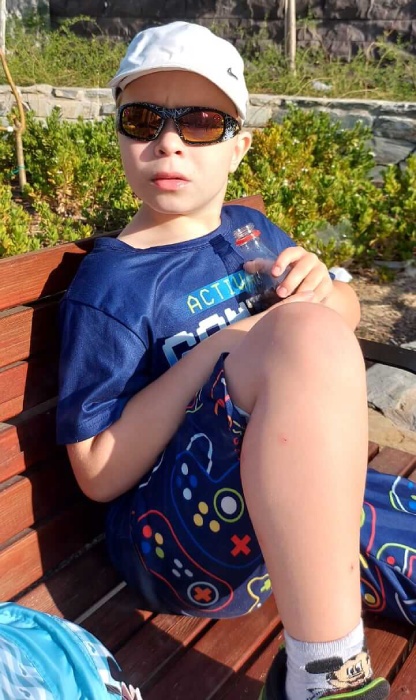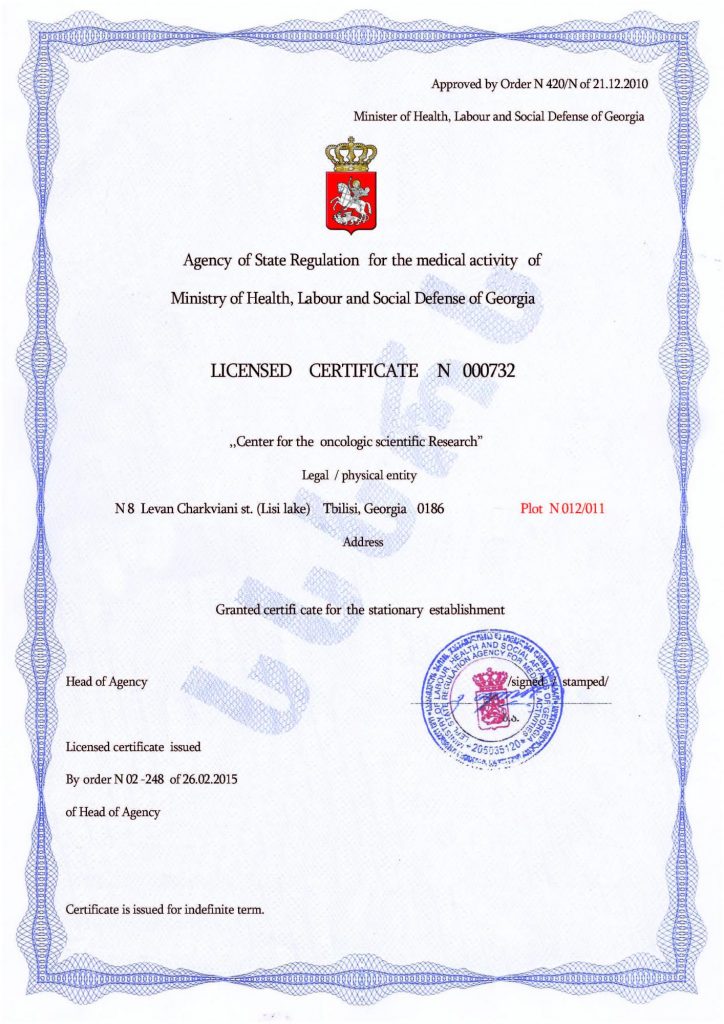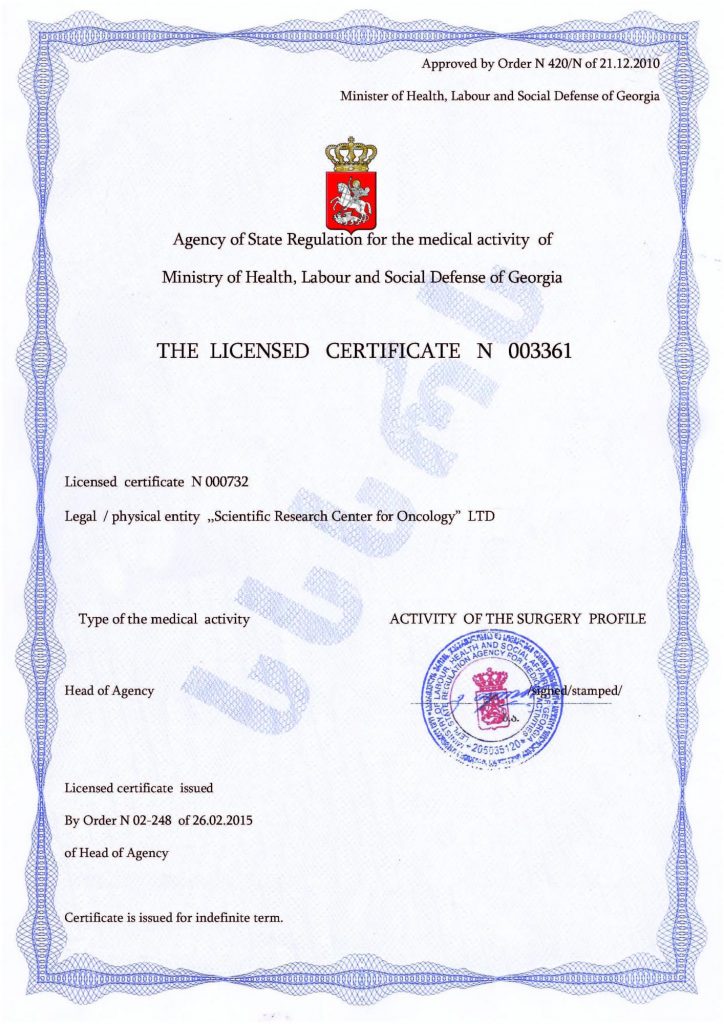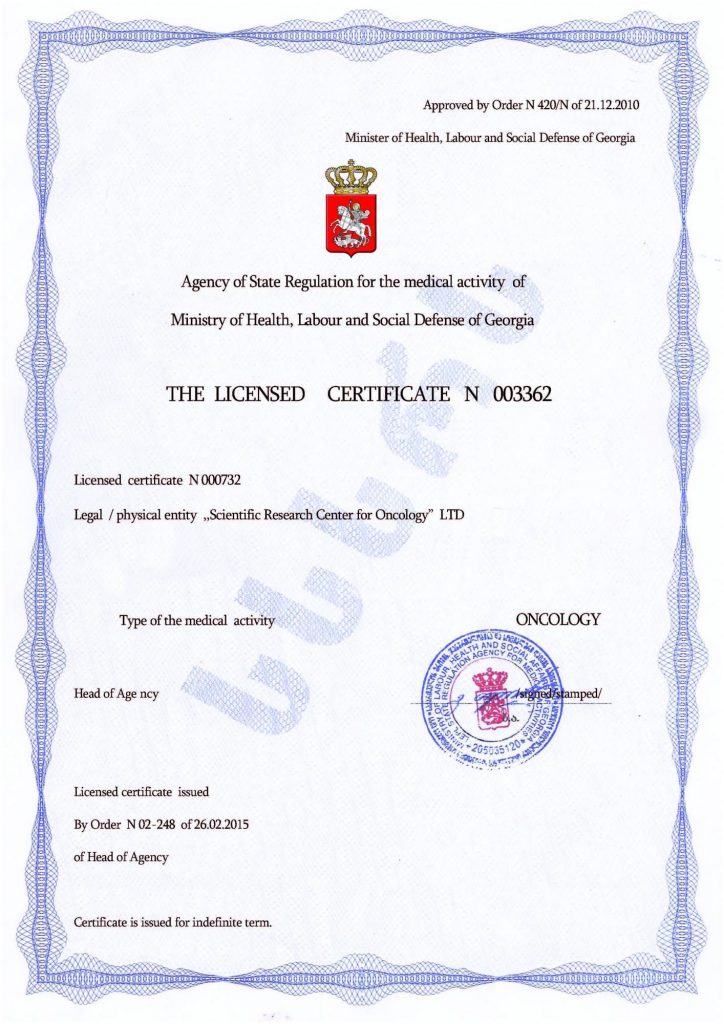Sensory Integration in Autism
Individuals with autism spectrum disorders (ASD) often exhibit atypical responses to signals from their own bodies or the surrounding environment. This explains why people with autism may display either hypersensitivity or hyposensitivity to loud sounds or bright lights, show extreme selectivity in food preferences, and more.
The sensory system has its own specific characteristics, and disruptions in its functioning can be diverse due to the fact that it comprises a whole range of sensory organs. When this system becomes unbalanced, problems begin to arise.
Components of the Sensory System
- Tactile System
The tactile system includes all the nerves located beneath the skin’s surface that send information to the brain about touch, pain, temperature, and pressure. It serves as the body’s first “line of defense,” helping us perceive the environment and respond appropriately to changes. - Vestibular System
Located in the inner ear (in the semicircular canals), this system detects movement and balance. Even with closed eyes, it provides the brain with information on whether the head is tilted or upright. - Proprioception
Proprioception allows us to subconsciously sense the position of our bodies. It sends essential signals that enable us to sit or walk without losing balance. It also supports fine motor skills, allowing us to handle objects—like holding a spoon or pen, or buttoning a shirt. - Vision
Vision enables us to identify and interpret the physical shape of objects through visual data processing. It plays a key role in pattern recognition, navigation, and memory, helping us absorb and retain information. - Hearing
Hearing supports the development and refinement of speech and language skills. It allows individuals to mimic and reproduce sounds, forming the foundation for learning spelling and grammar and, consequently, for writing skills. - Smell
The sense of smell helps differentiate objects by their scent, warns of dangerous substances, or lets us enjoy pleasant aromas. Smells can evoke associations with people or specific places. Smell is closely linked to long-term memory and also enhances taste perception, as humans can only distinguish sweet, sour, salty, and bitter tastes.
Manifestations of Sensory Dysfunction
Any dysfunction in the sensory system may manifest as either under- or overreaction, affecting a child’s activity level—they may be constantly moving or, on the contrary, lethargic. Depending on which sense is impaired, a child may struggle with coordination, balance, gross and fine motor skills, speech development, or the ability to maintain focus.
Some children may perform poorly in school, act impulsively, have difficulty adapting to changes in routine, and experience emotional breakdowns that can lead to aggressive outbursts, self-harming behaviors, or social withdrawal.
Sensory Processing Disorder vs Autism
Sensory integration dysfunction is to the brain what digestive disorders are to the gastrointestinal tract. Sensory Processing Disorder (SPD) does not necessarily indicate autism—they are distinct conditions. However, SPD may be present in individuals with autism, though the link between the two is still not fully understood. Some studies suggest they may share genetic roots. While processing delays and autism might be connected, there is currently no scientific proof supporting this theory.
Managing Sensory Challenges in Autism
Sensory integration therapy can help normalize sensory system function. It is an innate neurobiological process that enables the brain to comprehensively perceive and interpret external data. Ideally, this process should occur naturally. However, if disruptions are present, focus should first be placed on developing the core senses—tactile, vestibular, and proprioceptive.
Accelerating sensory data processing in autism is only possible by addressing the disorder itself.
Cell Therapy: A Breakthrough Approach
Cell therapy is an innovative and effective method for correcting autism. It is safe, natural, and based on the transplantation of stem cells harvested from the patient’s own body, eliminating the risk of rejection. Once introduced, these cells transform into healthy equivalents of the damaged ones, replacing malfunctioning cells that impair data processing.
As a result, the brain and nervous system begin to function normally, behaviors stabilize, and other autism symptoms may lessen or disappear. The results are long-lasting and, in many cases, permanent, which makes other therapeutic approaches more effective in the long run.
This technology has received high praise and recognition and may become a key treatment method for managing autism and its symptoms in the future. Today, cell therapy is used in leading clinics worldwide, including the Mardaleishvili Medical Center, which has extensive successful experience in stem cell transplantation.
The center is staffed by top-tier specialists and equipped with the latest medical technology, ensuring optimal therapeutic outcomes. Treatment that meets the highest international standards is also more affordable than in many other countries. Additionally, patients receive full assistance with travel planning and accommodation arrangements.
Cell Therapy — A Path to Restoring Sensory System Function!
Autism Treatment Center Videos
Autism treatment with own stem cells
Cord blood association congress
International Quality Crown
Autism Treatment Reviews
Autism treatment with own stem cells
The story of Alessandro (6 years old)
Autism Patient Testimonial - Stem Cell Treatment
Clients Testimonials

Anna – Sasha’s mother Read More

Amirkhon’s father — Tokhir Read More

Dilana’s mother Read More

Irina and Stefan – Ilya’s parents Read More

Kristina – mother of Nelly and Nik Read More












